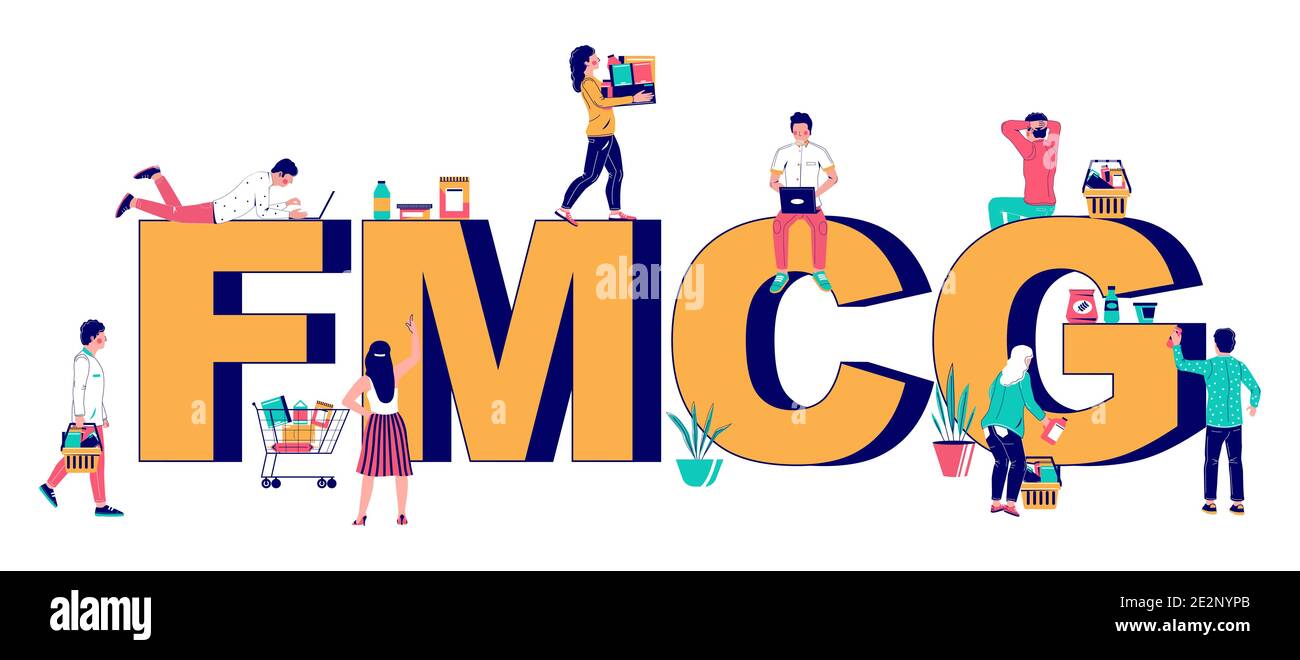In a surprising turn of events, local players in the fast-moving consumer goods (FMCG) sector, specializing in products like biscuits, soap, washing powder, and detergent, have expanded their reach to 31% more households in the country during the September quarter. This growth has raised concerns among senior officials at top consumer goods companies who are grappling with the impact on their sales.
According to data from market research firm Kantar, local brands have experienced a notable surge, with a 4% expansion in laundry bars and a remarkable 13% growth in washing powder. In contrast, larger companies only saw a growth rate in the modest 0-3% range. The soap sales scenario echoes a similar trend, where smaller companies witnessed a substantial 31% growth, while national brands struggled with a mere 2% increase. Biscuit sales also reflected this trend, with regional players achieving a 22% growth, outpacing the 10% growth of their larger counterparts engaged in marketing biscuits.
Reactions of Established Players:
Several industry giants, including HUL, GCPL, Marico, Britannia, and Tata Consumers, have acknowledged the increasing competition from smaller players during their September quarter earnings calls. Faced with this challenge, these major players are resorting to price revisions to stay competitive.
Varuna Barry, MD of Britannia, highlighted that despite the established brand names, they are losing ground to smaller companies primarily due to pricing strategies. Barry pointed out that local players maintain higher profit margins, enabling them to offer substantial discounts. This competitive pricing has become a significant factor influencing consumer choices.
Changing Dynamics:
The pandemic initially presented challenges for local players, leading to the closure of many small businesses. Inflation and an inability to match the cost structures, especially in terms of providing high margins and significant discounts, forced several local players out of business. However, the past two quarters have witnessed a turnaround as commodity prices have moderated. Smaller regional brands have capitalized on this, reducing prices and offering substantial discounts, thereby regaining market share.
Unilever’s recent announcement of price cuts in categories like soaps and detergents indicates the intensified battle for market share. The resurgence of small and regional players in select categories and price points, after vacating the market during the peak of inflation, is evident.
Market Dynamics in Specific Categories:
The rusk market serves as a prime example where approximately 2,500 local players control around 40% of the snacking segment. This exemplifies the fierce competition local players are posing to established companies.
Nielsen IQ’s latest report for the September quarter reveals that in the broader FMCG industry, small manufacturers are experiencing faster growth rates in non-food categories compared to their larger counterparts. Conversely, for the food category, large players are growing faster in volume than small players.
In conclusion, the resurgence of local and regional players is reshaping the landscape of the FMCG industry. Their nimble operations, competitive pricing, and adaptability to changing market dynamics are challenging the supremacy of established giants. As we navigate through these shifts, it will be fascinating to witness how the industry evolves in response to this new wave of competition.
Read Further:


Leave a Reply
You must be logged in to post a comment.